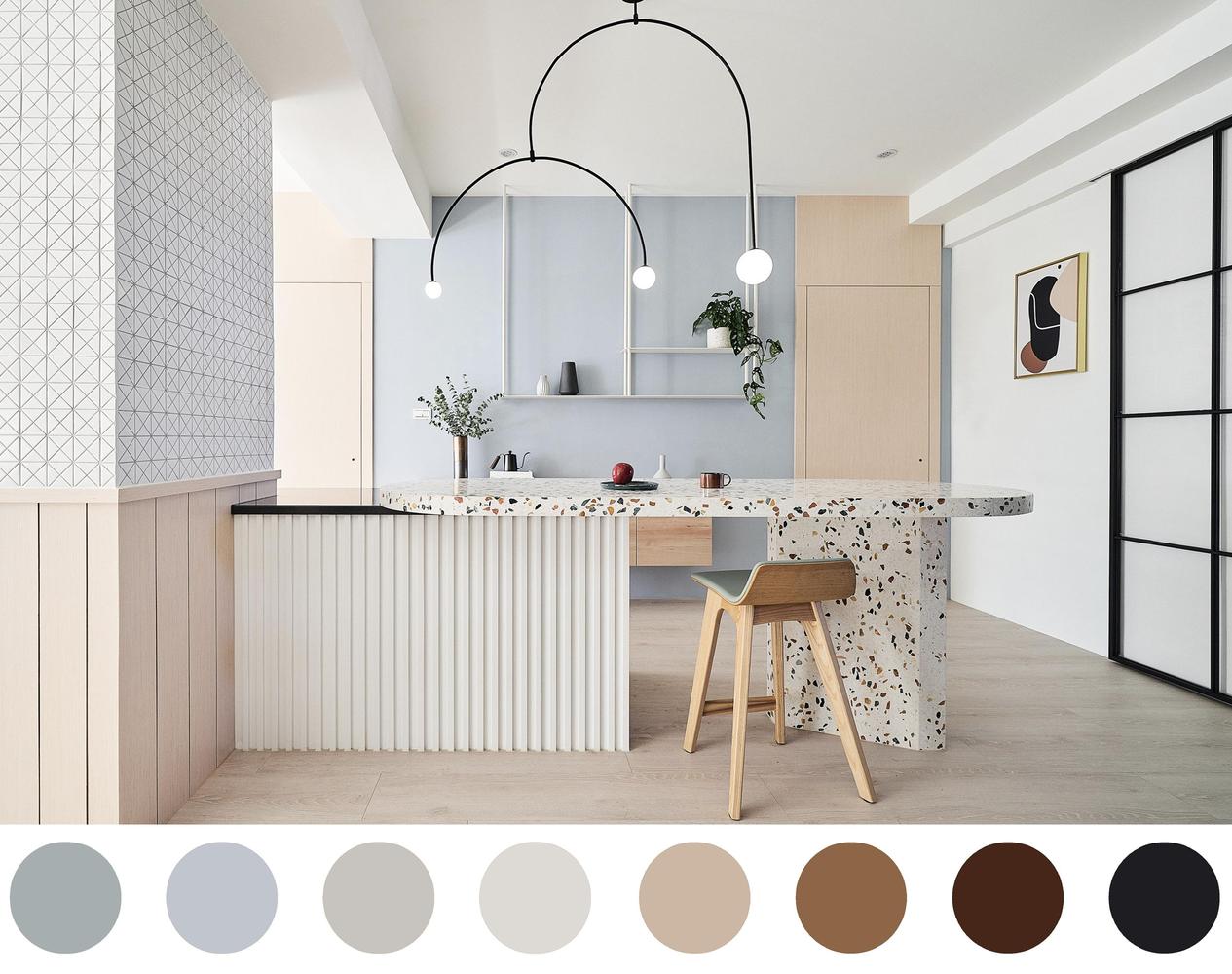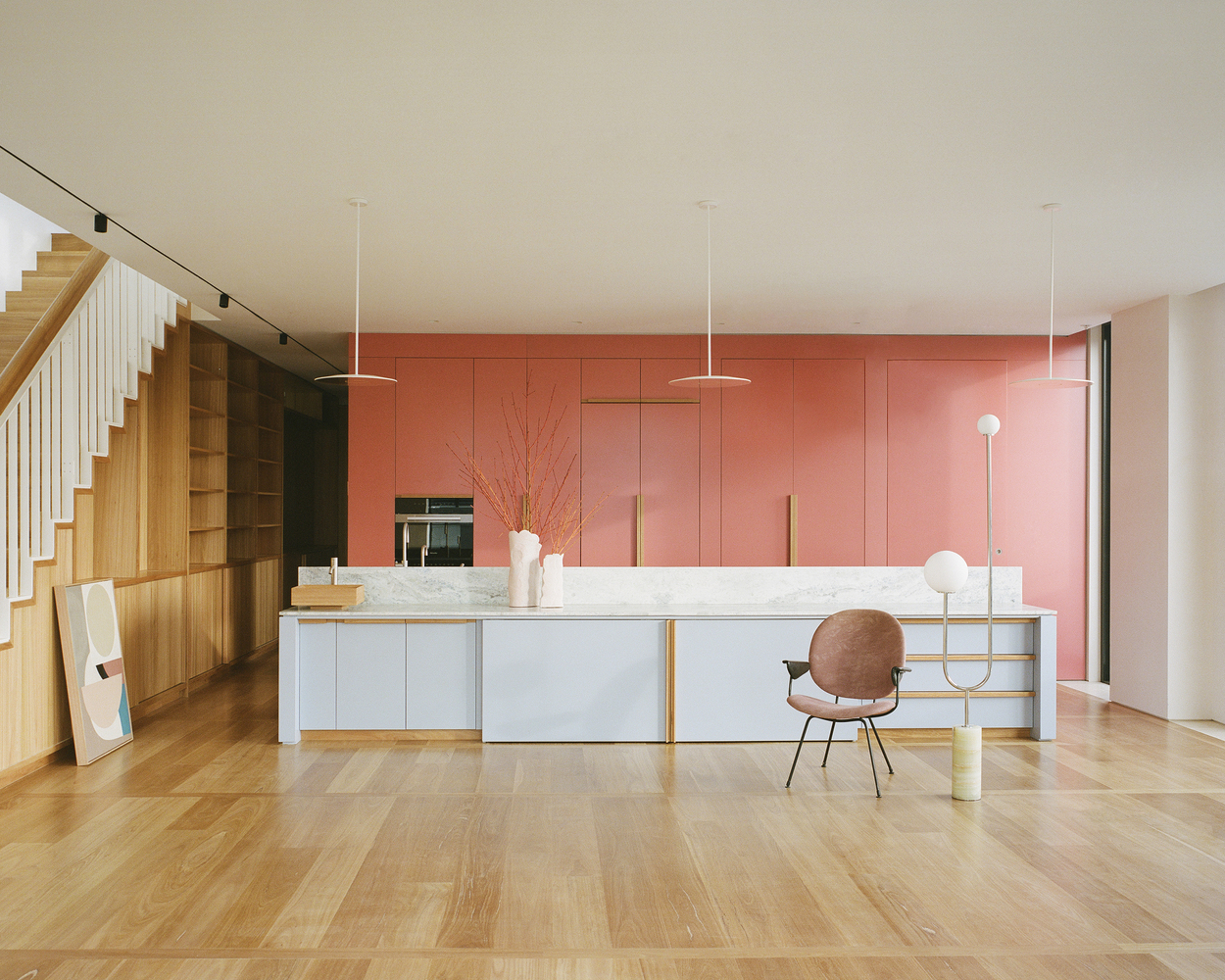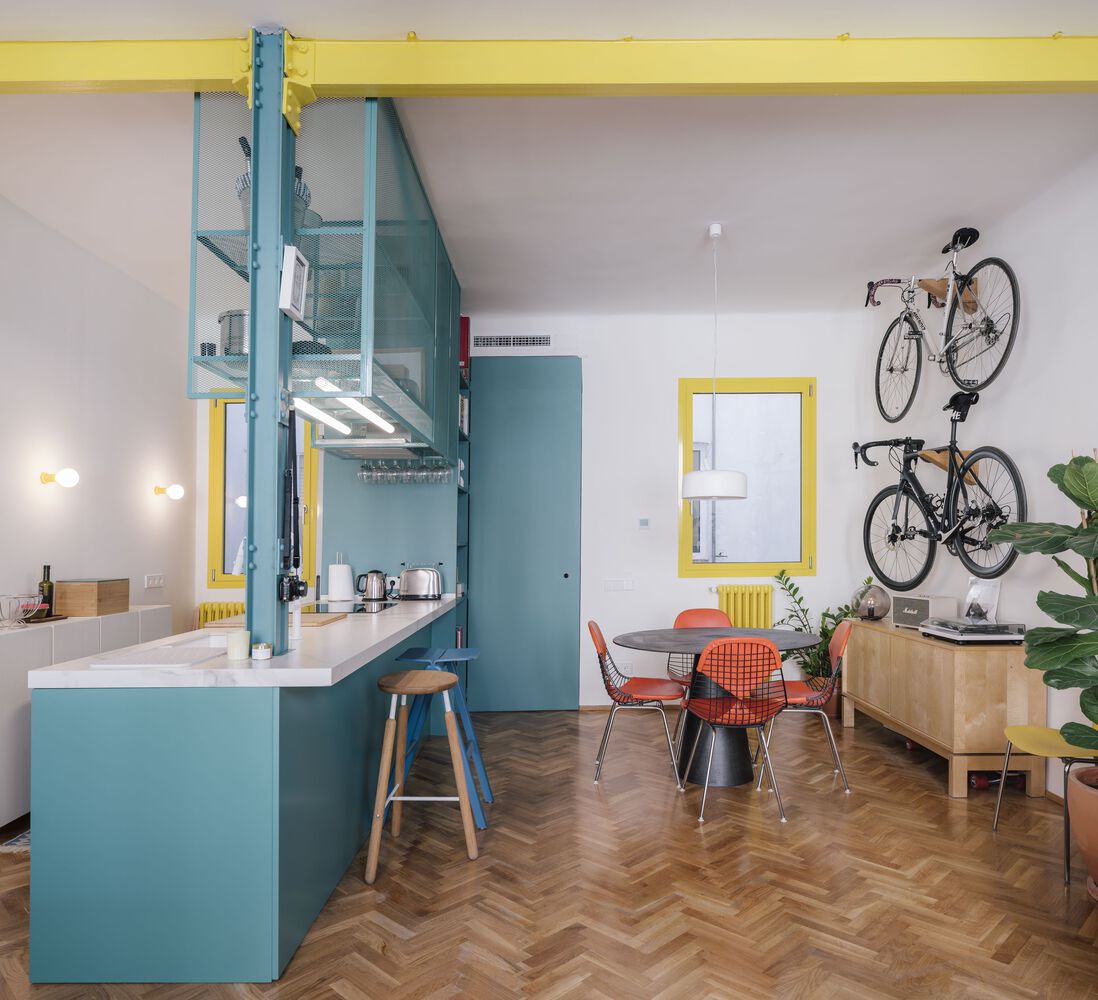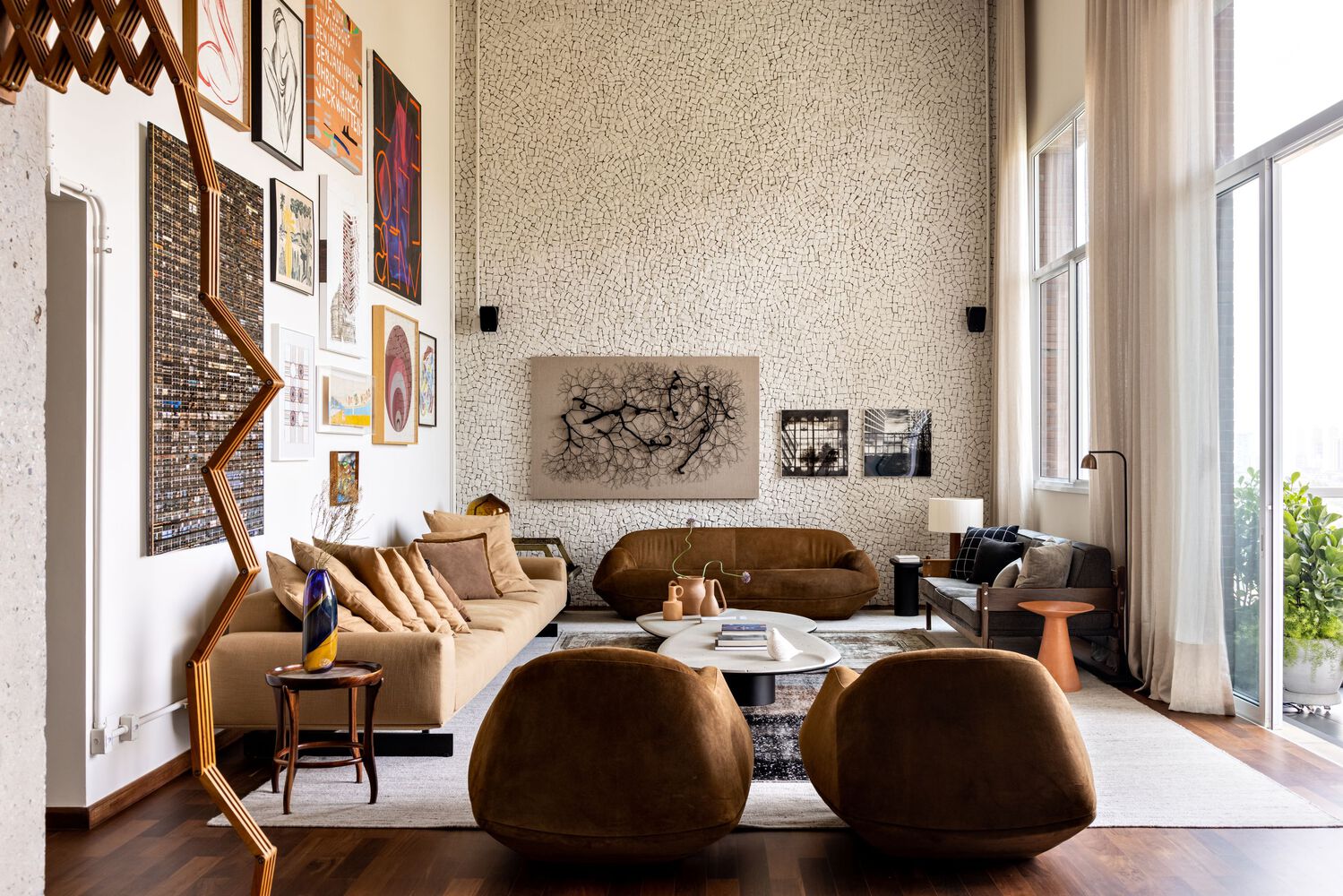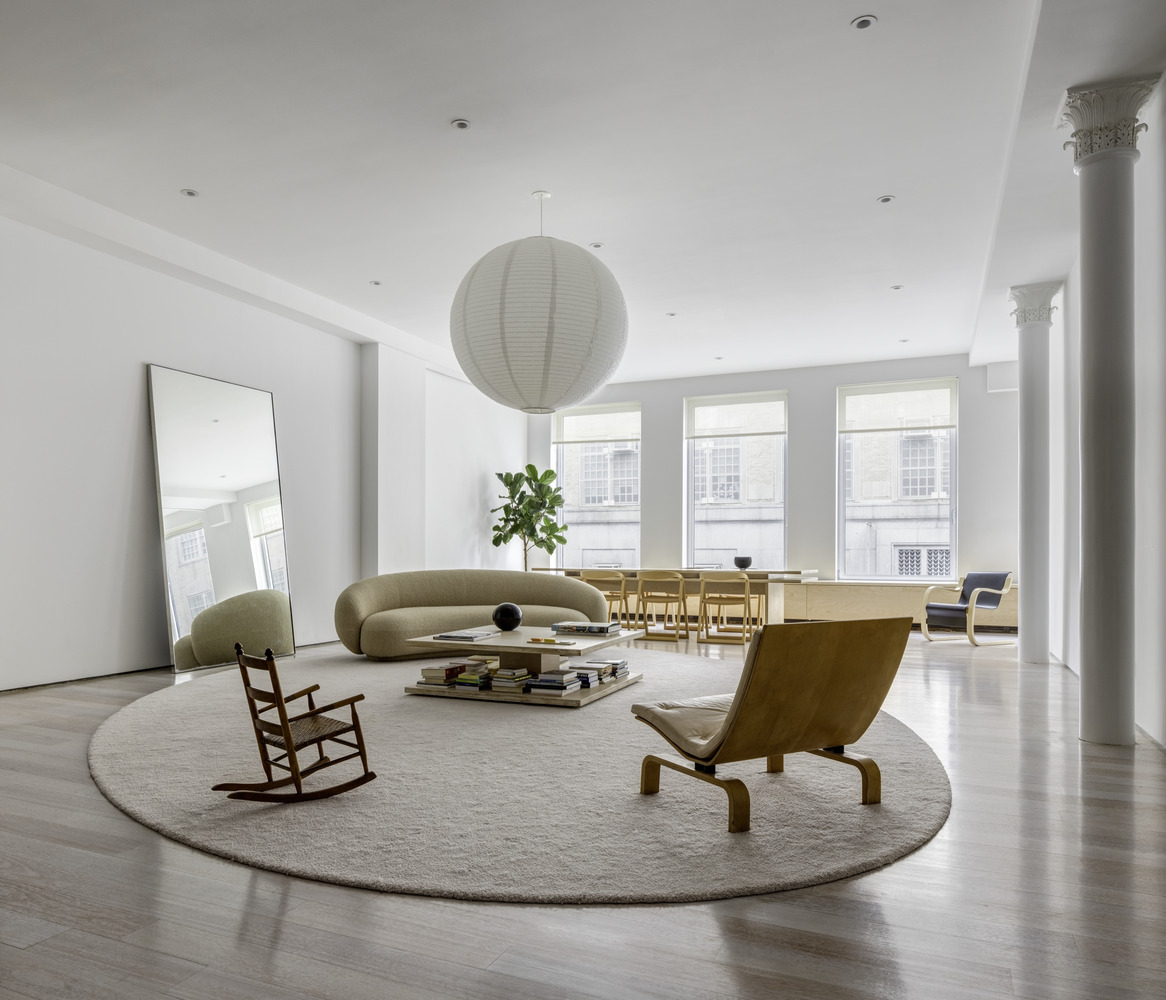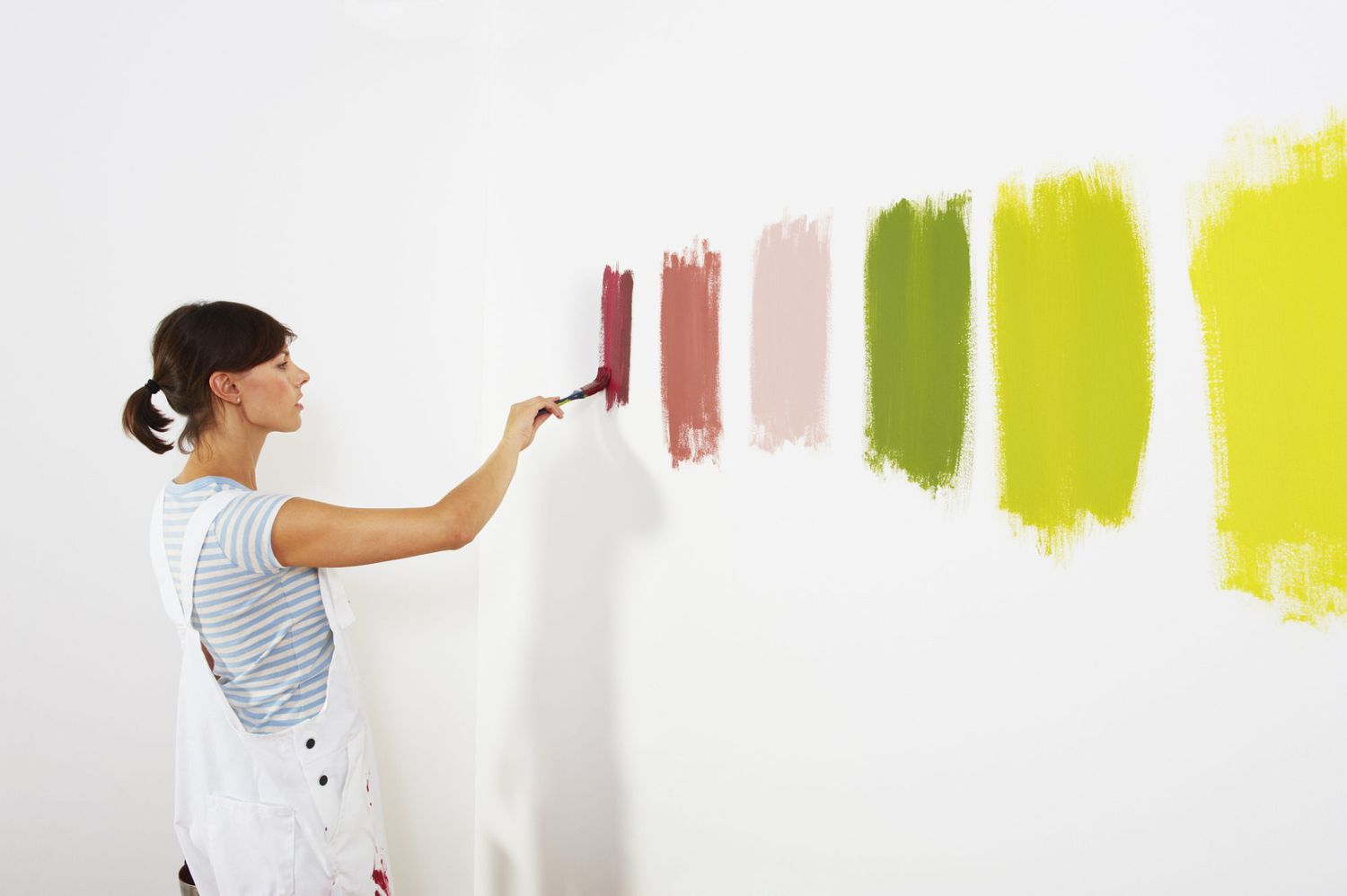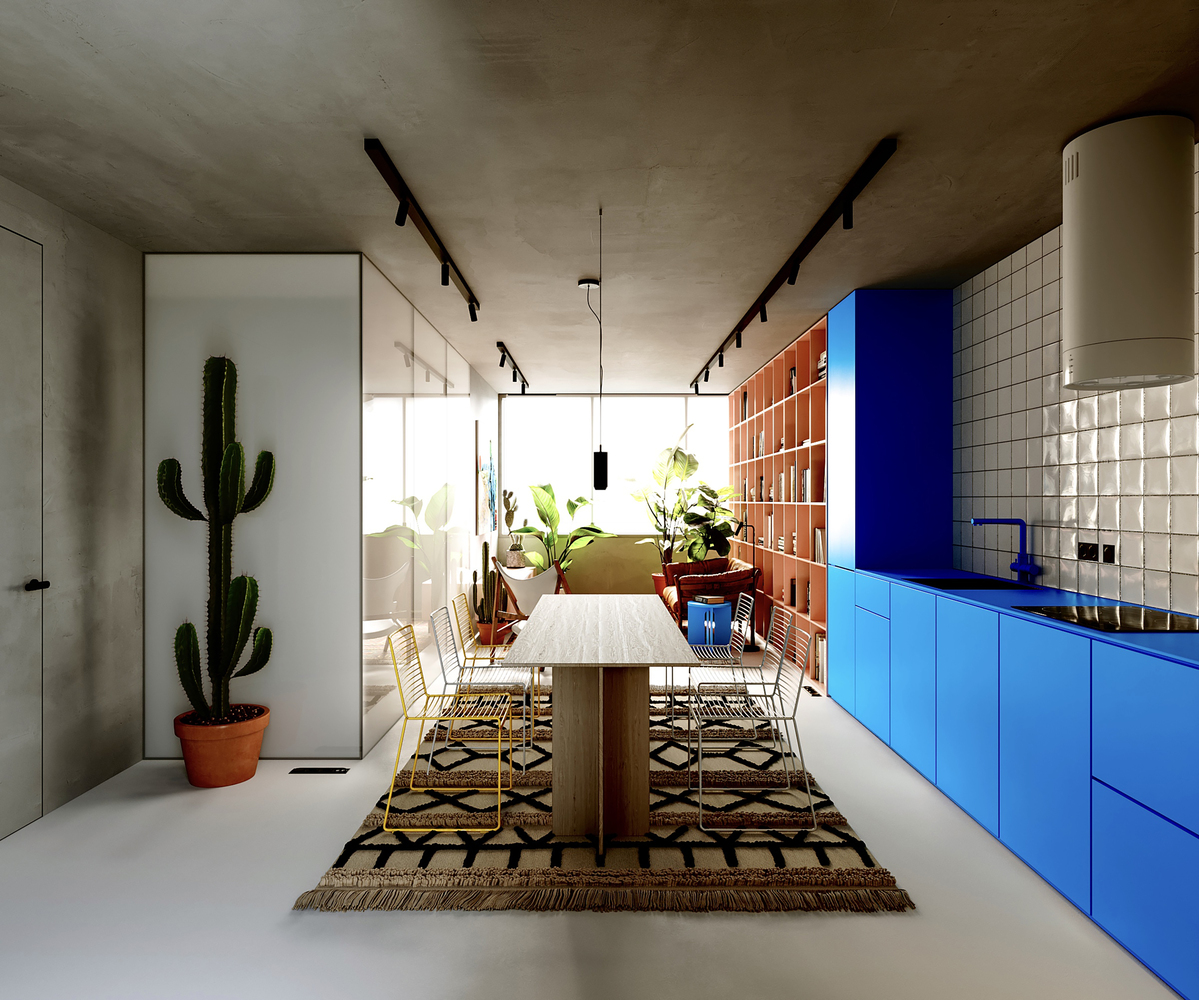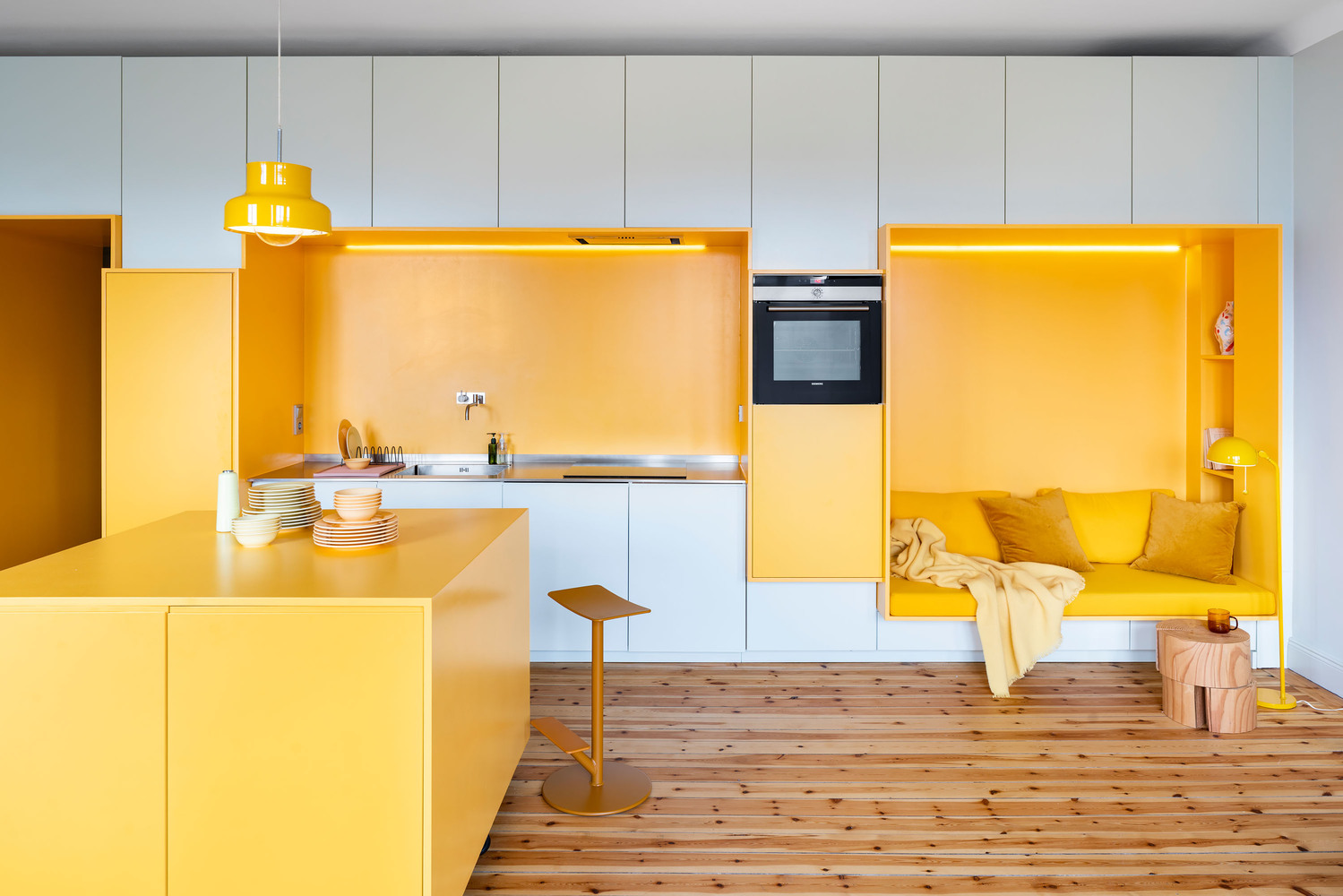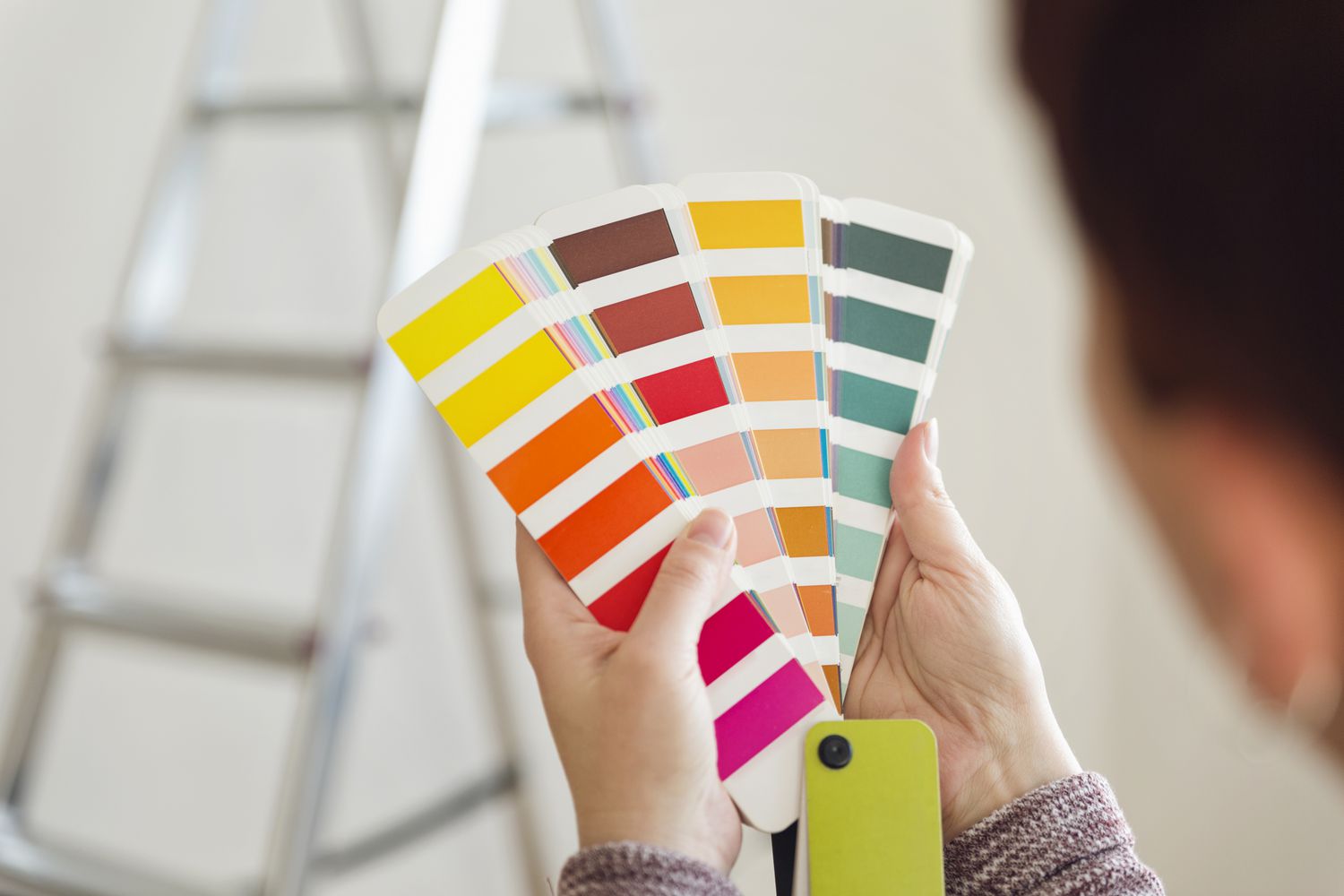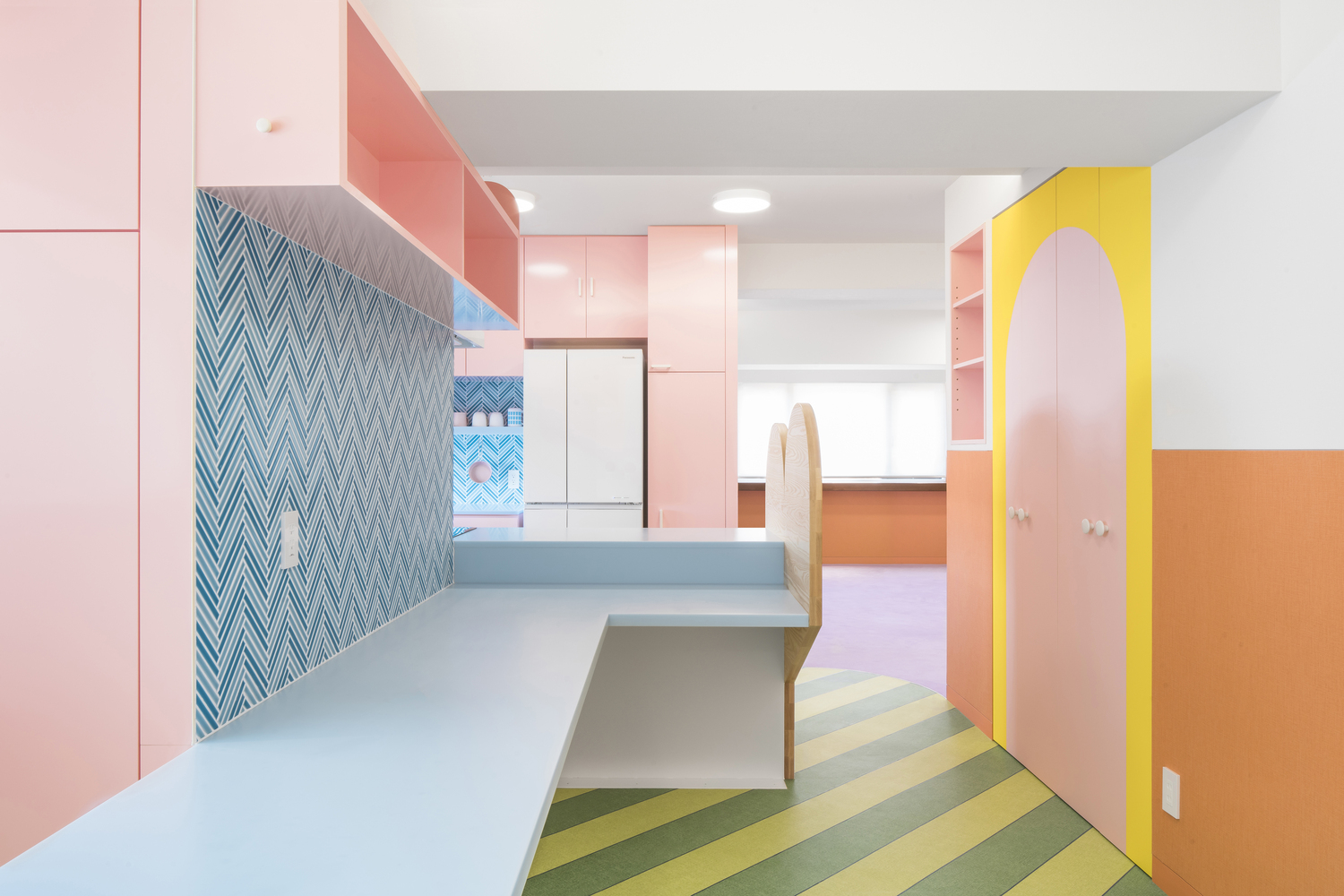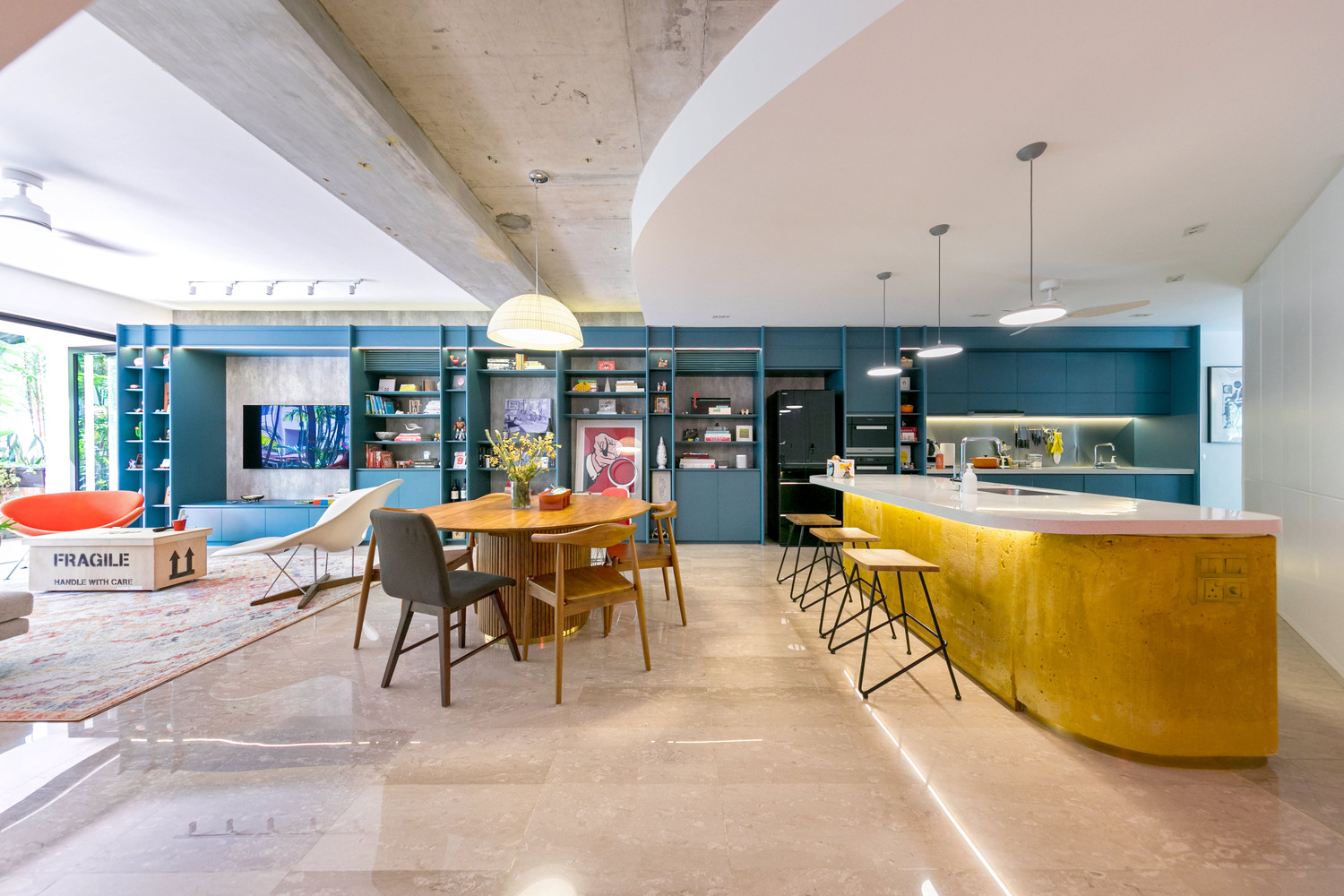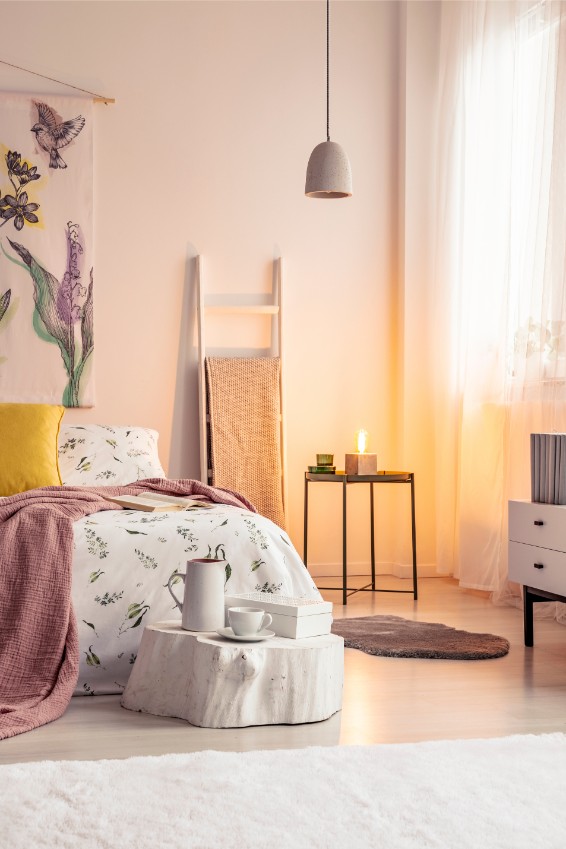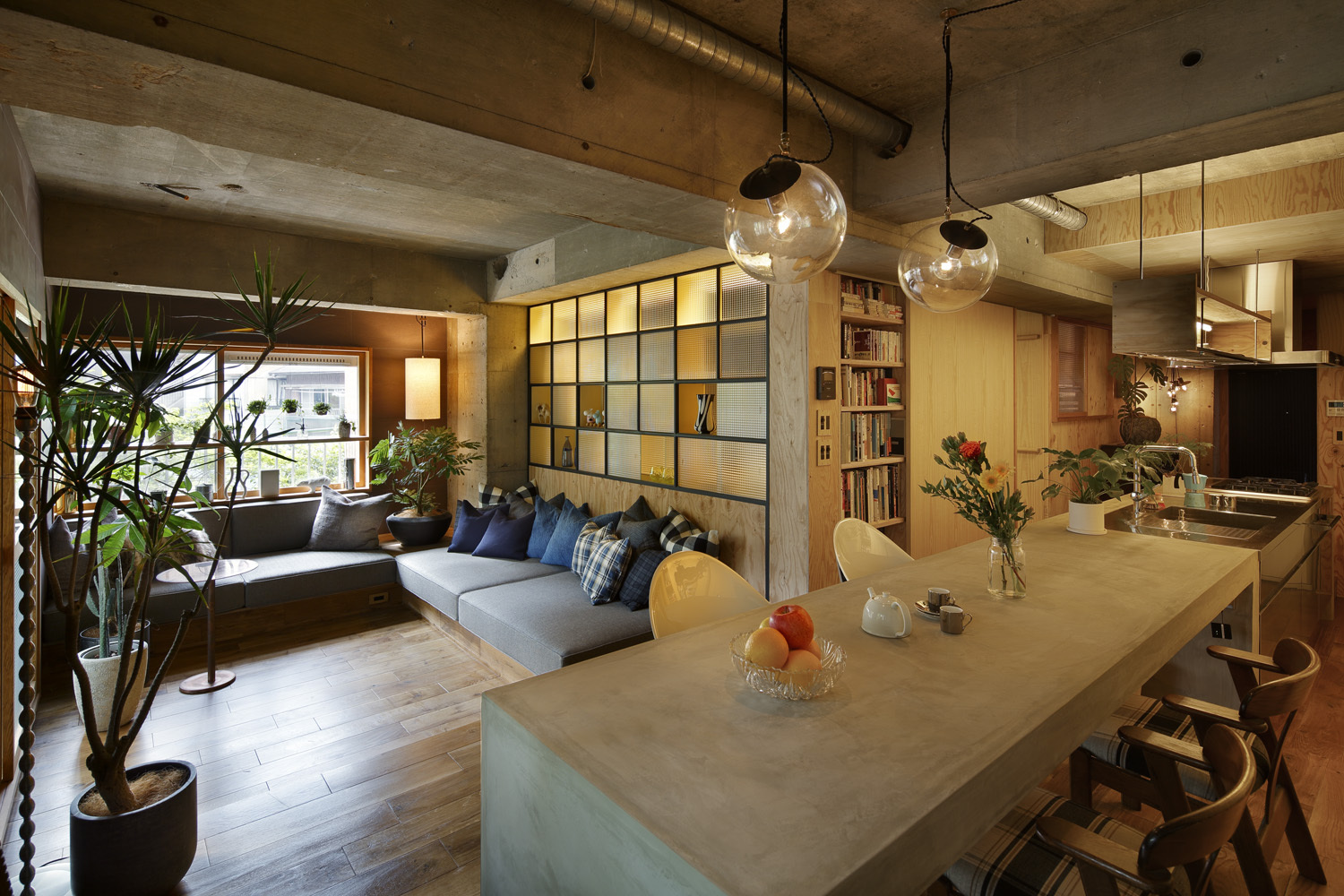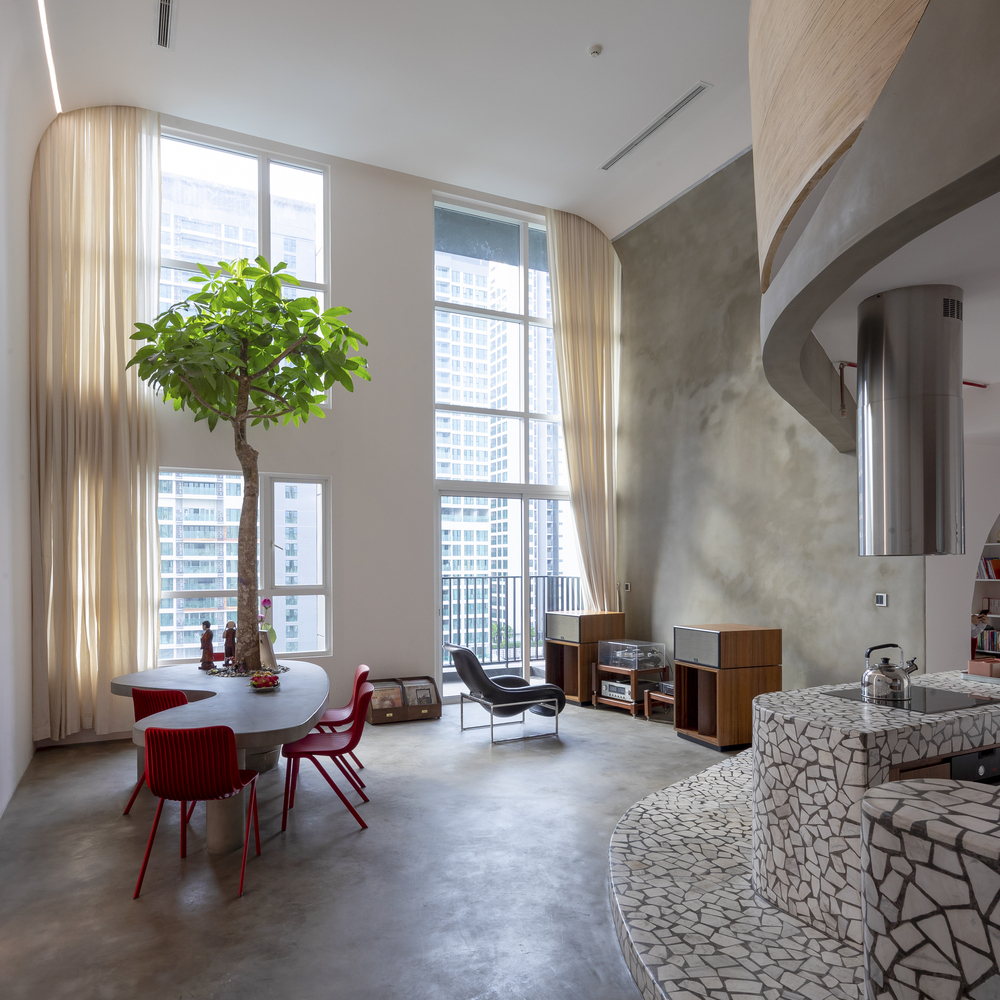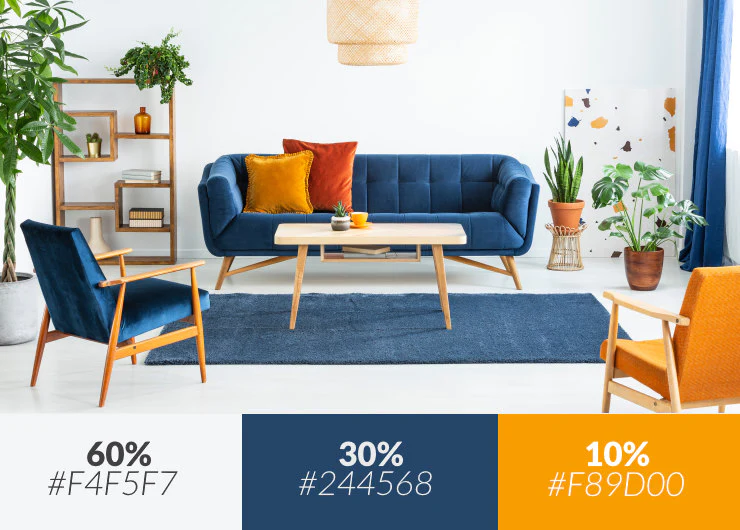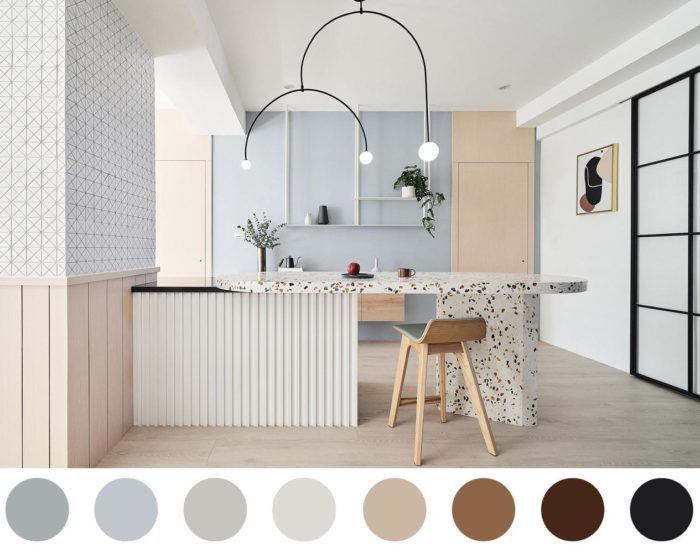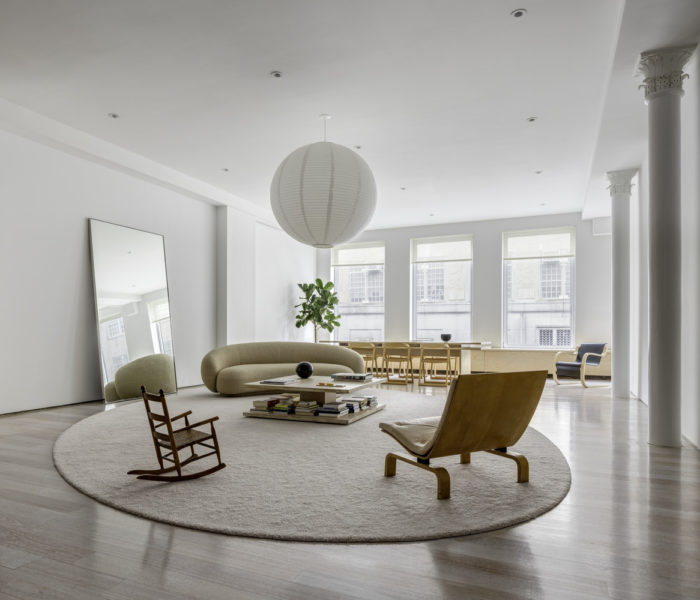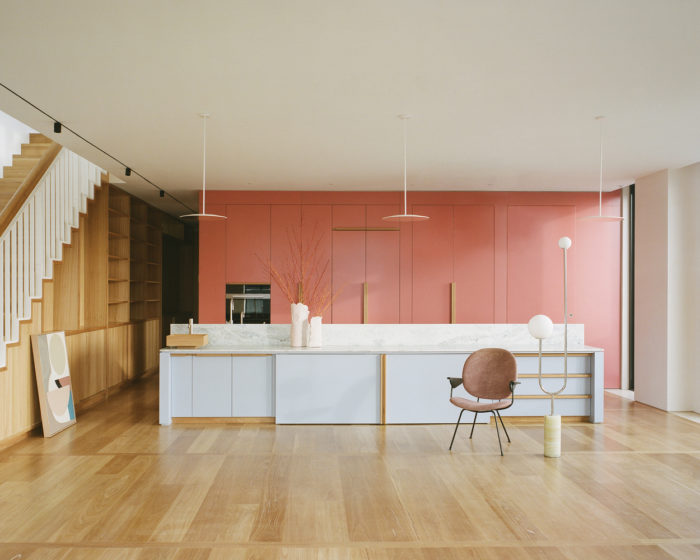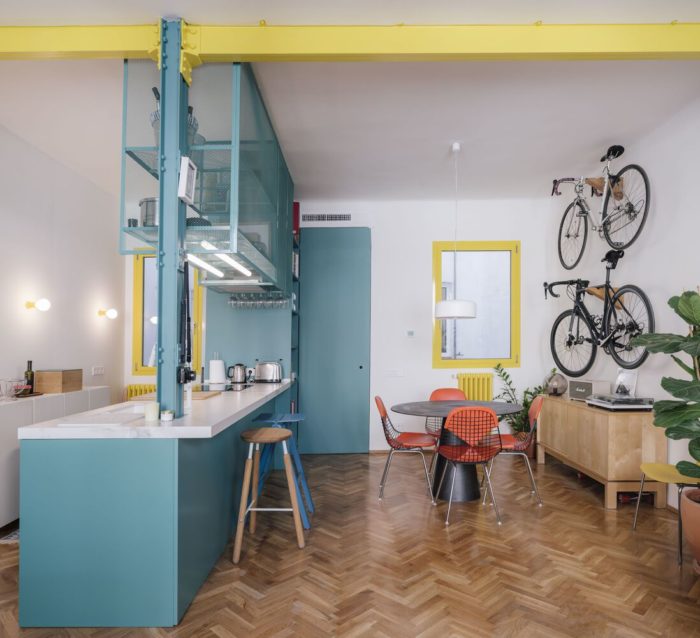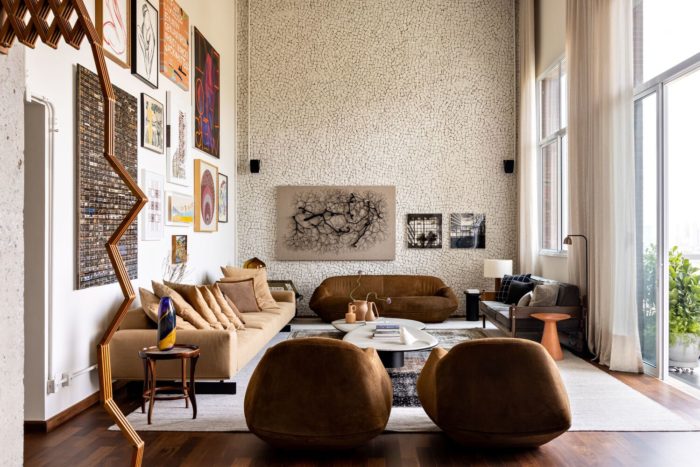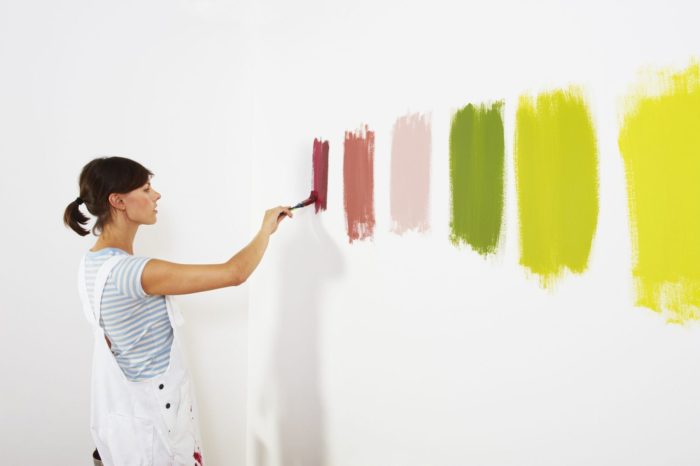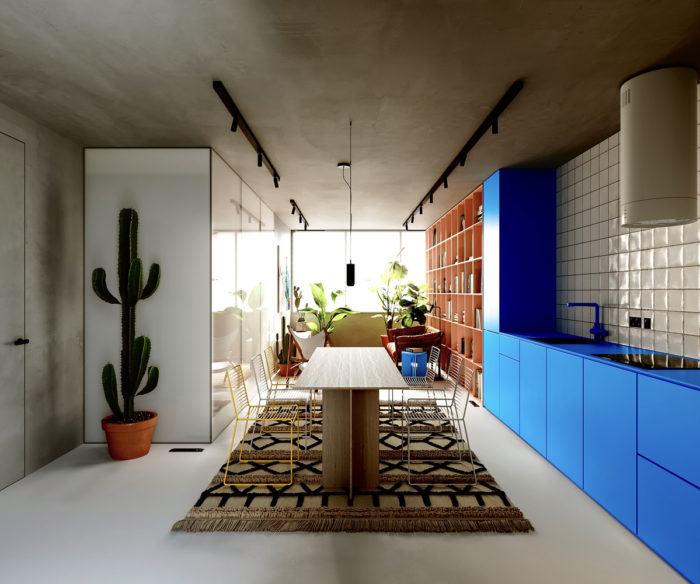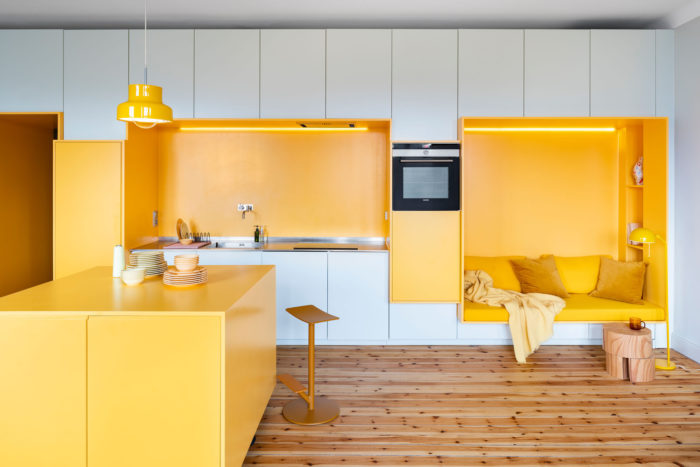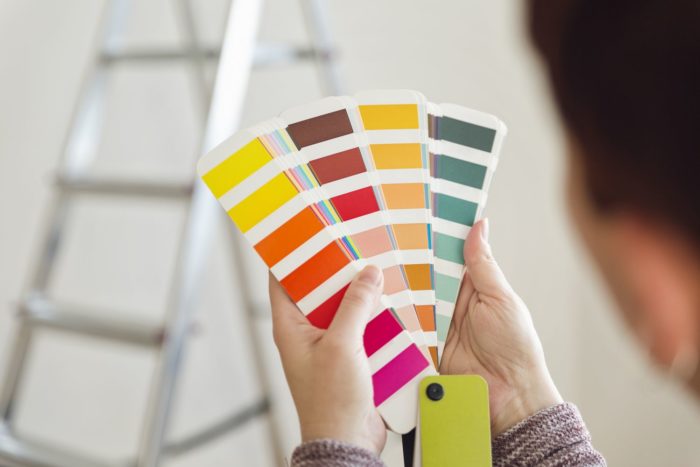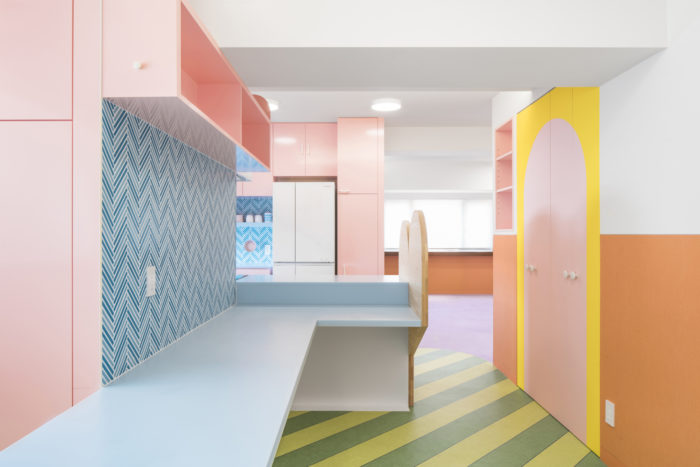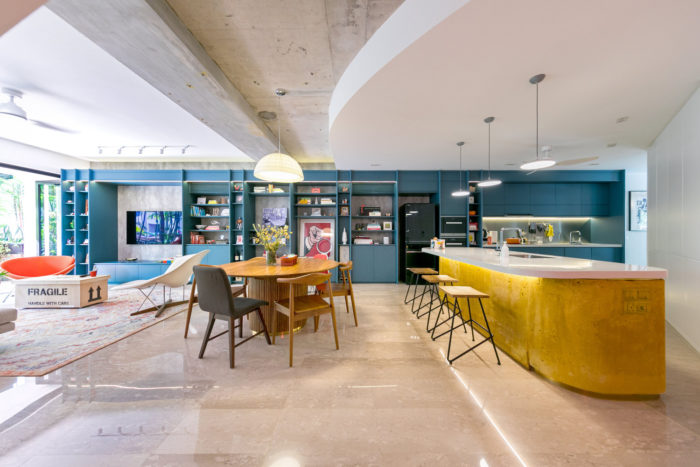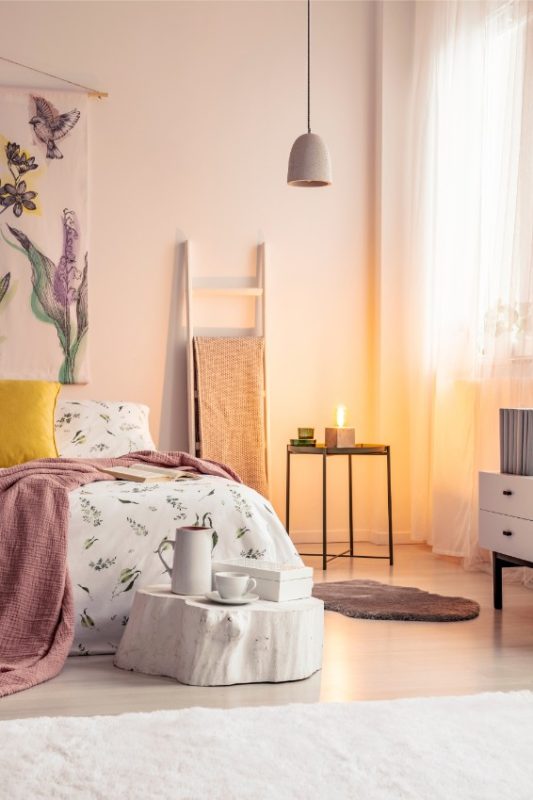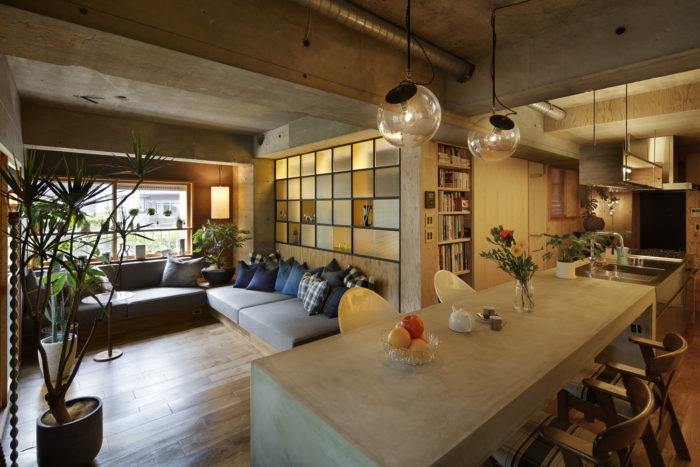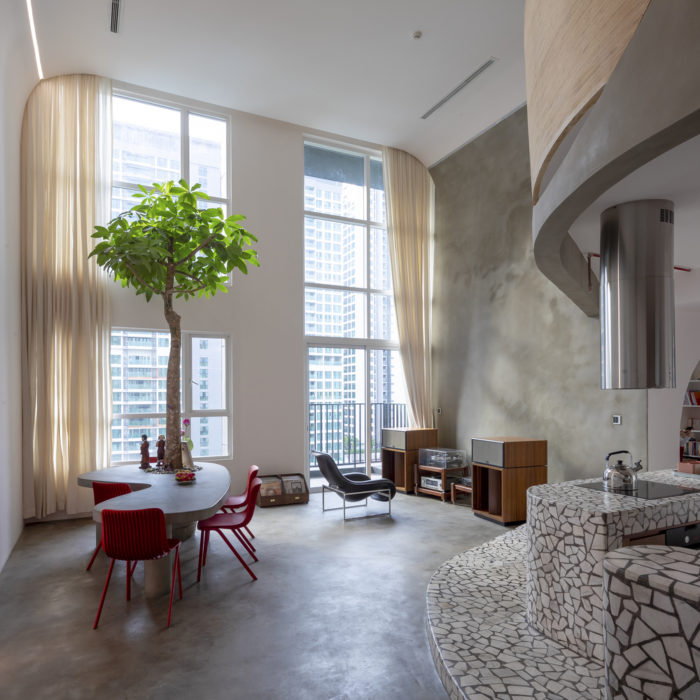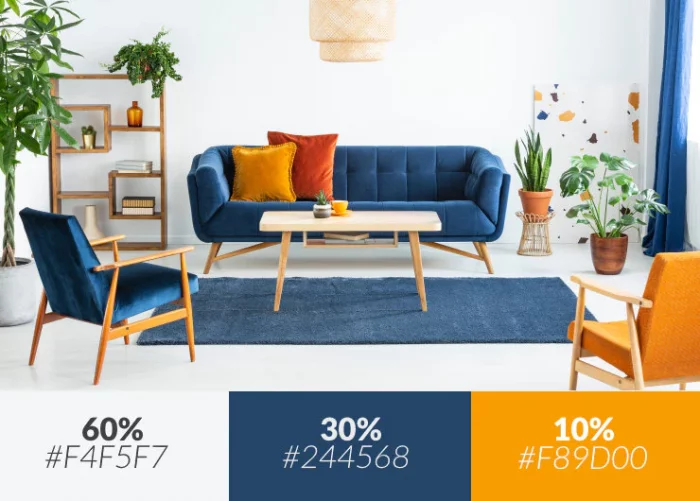When it comes to creating a harmonious and inviting atmosphere in your home, the choice of interior color schemes plays a pivotal role. The right color palette can transform a space, making it feel cozy, spacious, or even vibrant, depending on your preferences. This guide will delve into the world of interior color schemes, helping you understand how to select the perfect palette for your house. Whether considering a complete makeover or just wanting to refresh a room, these tips and tricks will be your roadmap to success.
Understanding the Importance of Interior Color Schemes
Before we dive into the nitty-gritty of choosing the suitable interior color schemes, let’s explore why it matters:
- Enhancing Mood and Ambiance
Interior color schemes can significantly impact the mood of a room. Warm colors like red and orange create a cozy and inviting atmosphere, while cool colors like blue and green evoke a sense of tranquility.
- Defining the Space
Colors have the power to expand or contract a room visually. Choosing a suitable color scheme can make a small room appear more spacious and an ample space feel cozier.
- Expressing Your Style
Your interior color schemes are a reflection of your style and taste. They can tell a story about you and your home’s character.
- Increasing Resale Value
A well-chosen interior color scheme can enhance your home’s resale value. Potential buyers are more likely to be attracted to a well-coordinated and appealing color palette.
Steps to Mastering Interior Color Schemes
Now, let’s move on to the practical aspects of selecting the perfect interior color scheme.
1) Assess Your Space
-
- Consider the room’s purpose: Is it a bedroom, living room, kitchen, or bathroom? Each room may benefit from a different color scheme.
- Take note of the natural light: Rooms with ample natural light can handle darker colors, while rooms with limited light may benefit from lighter shades.
- Evaluate the existing furniture and decor: Will you keep your current furnishings or start from scratch? Your color scheme should complement your existing elements.
2) Choose Your Base Color
The base color sets the tone for the entire room. Think of it as the foundation of your interior color scheme:
-
-
- Neutral tones: Whites, grays, and beige are versatile choices in most spaces. They provide a clean canvas for other colors and allow for easy decor changes.
- Bold colors: If you want to make a statement, consider using a bold color like deep blue, rich red, or emerald green as your base.
-
3) Create a Color Palette
Now that you have your base color, it’s time to build your interior color schemes:
-
-
- Analogous scheme: Choose colors next to each other on the color wheel for a harmonious look.
- Complementary scheme: Pick colors opposite each other on the color wheel for a bold contrast.
- Monochromatic scheme: Stick to variations of a single color for a sophisticated and calming effect.
-
4) Test Paint Samples
Never underestimate the importance of testing paint samples on your walls:
-
-
- Paint a small wall section with your chosen colors to see how they look in different lighting conditions.
- Consider how the colors make you feel and whether they achieve the desired ambiance.
-
5) Accessorize and Balance
To complete your interior color schemes, pay attention to accessories and balance:
-
-
- Furniture and decor: Ensure your furniture and decor items complement the color scheme. For example, consider adding orange or yellow accents for balance if you have a blue-themed room.
- Texture and patterns: Mixing textures and patterns can add depth and interest to your space while maintaining the color scheme’s integrity.
- Color flow: Make sure there is a logical flow of colors between rooms, especially in open floor plans. Cohesion in color choices can create a more unified and appealing living space.
- Consider the ceiling and trim: Don’t forget about the ceiling and trim when planning your color scheme. These elements can blend seamlessly or add contrast and visual interest to your room.
- Maintain flexibility: Remember that your color scheme may evolve. Select furniture and decor that can adapt to potential changes in your color preferences.
-
6) Consider the psychology of colors
Understand how different colors can influence emotions and moods. For example, blues and greens are calming, while reds and yellows are energizing.
7) Use color swatches
Collect paint swatches and fabric samples to visualize how colors will look together in your space.
8) Factor in the color of existing fixtures
Consider the color of fixtures like cabinets, countertops, and flooring when choosing your color scheme.
9) Think about the flow between rooms
Ensure that the colors in adjacent rooms complement each other to create a cohesive look throughout your home.
10) Pay attention to undertones
Even neutral colors have undertones (e.g., warm or cool). Make sure these undertones harmonize with your overall palette.
11) Test different lighting conditions
Observe how your chosen colors appear during different times of the day and under various lighting conditions, including natural and artificial light.
12) Consider the size of your room
Lighter colors can make a small room appear larger, while darker tints add coziness to a spacious room.
13) Incorporate the 60-30-10 rule
Divide your color scheme into 60% for the dominant color, 30% for the secondary color, and 10% for accents like decor and accessories.
14) Explore online tools and apps
Many online tools and apps can help you visualize different color schemes in your room before deciding.
15) Seek professional advice
If you’re unsure about your interior color schemes, consult an interior designer or color expert who can provide valuable guidance based on your preferences and space.
Final Thoughts
Mastering interior color schemes is all about understanding the psychology of color, assessing your space, and creating a balanced and harmonious atmosphere. Following these steps and considering your style and preferences, you can choose the perfect palette for your home. Whether you opt for a cozy, neutral look or a vibrant burst of color, your interior color schemes will set the stage for a welcoming and comfortable living space. So, transform your house with the power of color scheme interior design.
